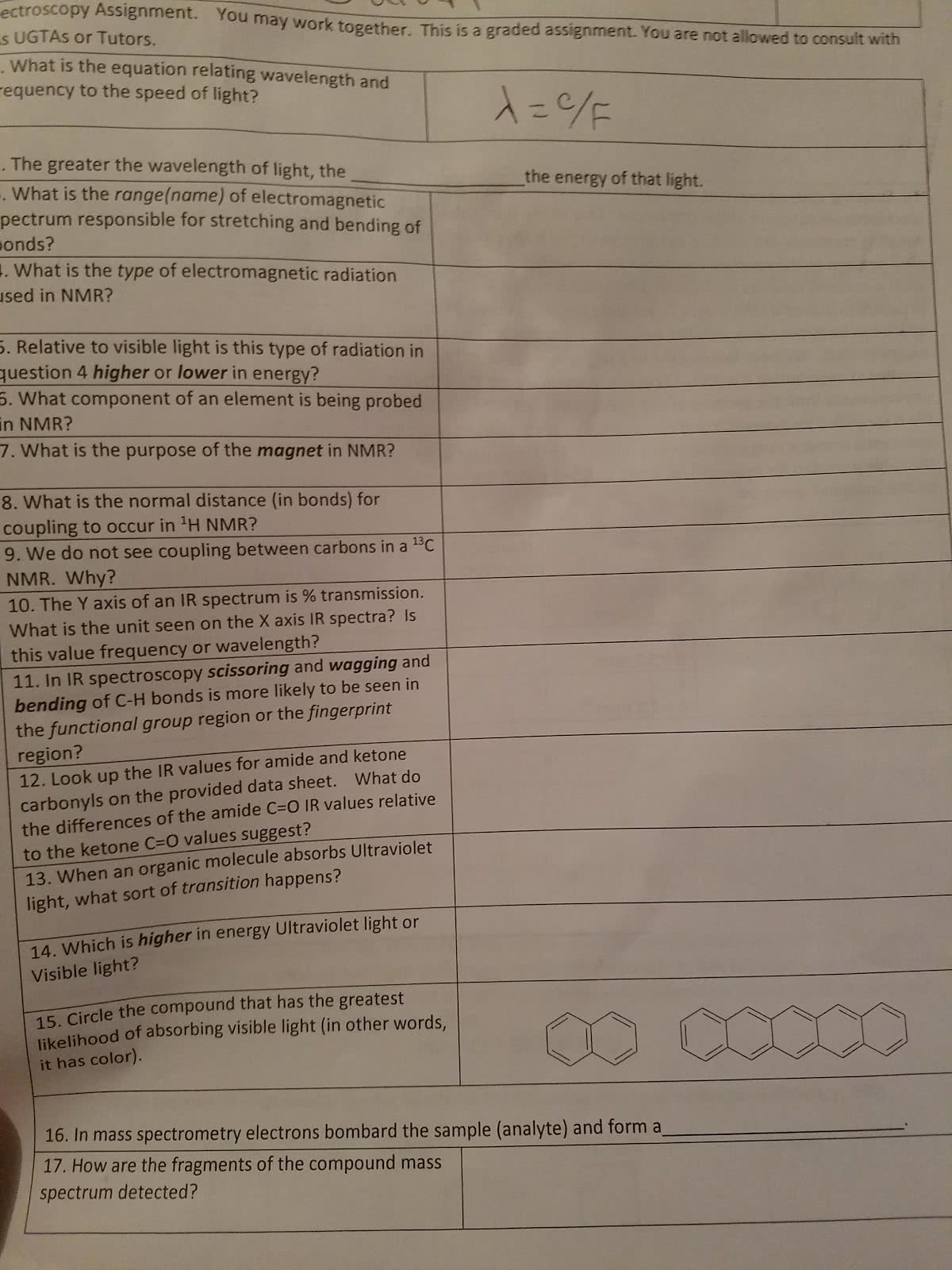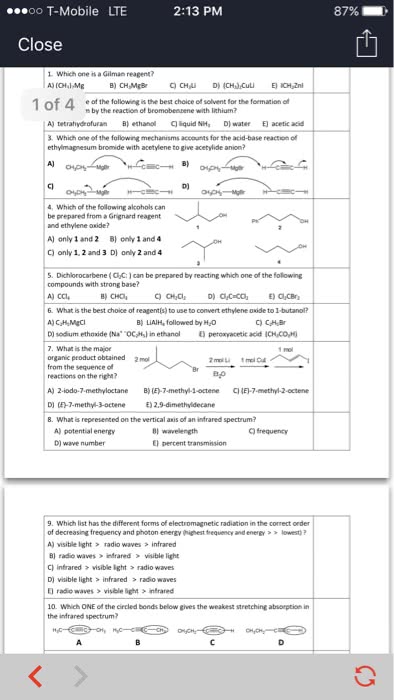CHM 2045 Lecture 9: CHM2045 Gower 2-11
Document Summary
Emission and transmission of energy in the form of electromagnetic waves. Speed of light in a vacuum: 3. 00 x 108 m/s (c: between 400-700nm. All electromagnetic radiation: (cid:1874): (cid:373) = = (cid:449)a(cid:448)ele(cid:374)gth, s-1 = v = frequency, c =3. 00 x 108 m/s. E= h(cid:272)/ : h= pla(cid:374)(cid:272)k"s (cid:272)o(cid:374)sta(cid:374)t, c= speed of light, = (cid:449)a(cid:448)ele(cid:374)gth. Electrons behave as waves: transmission, reflection, refraction, diffraction, absorption, scattering. =h/(cid:373)u: deb(cid:396)oglie (cid:449)a(cid:448)es = (cid:862)(cid:373)atte(cid:396) (cid:449)a(cid:448)es(cid:863, u= velocity(m/s, m= mass(g, h= kg x m2/s (j*s) It is impossible to know exact position and momentum of a microscopic particle(e. g. electron). The more accurately we know the object"s positio(cid:374)( x), the less accurately we know its momentum( ) and vice versa. Cannot assign fixed path/orbit for electrons can only ascertain the probability of finding an electron in a given region of space. Orbits= high probability areas for finding an electron. N = principal quantum number (e. g. electron shell, primary energy level)



